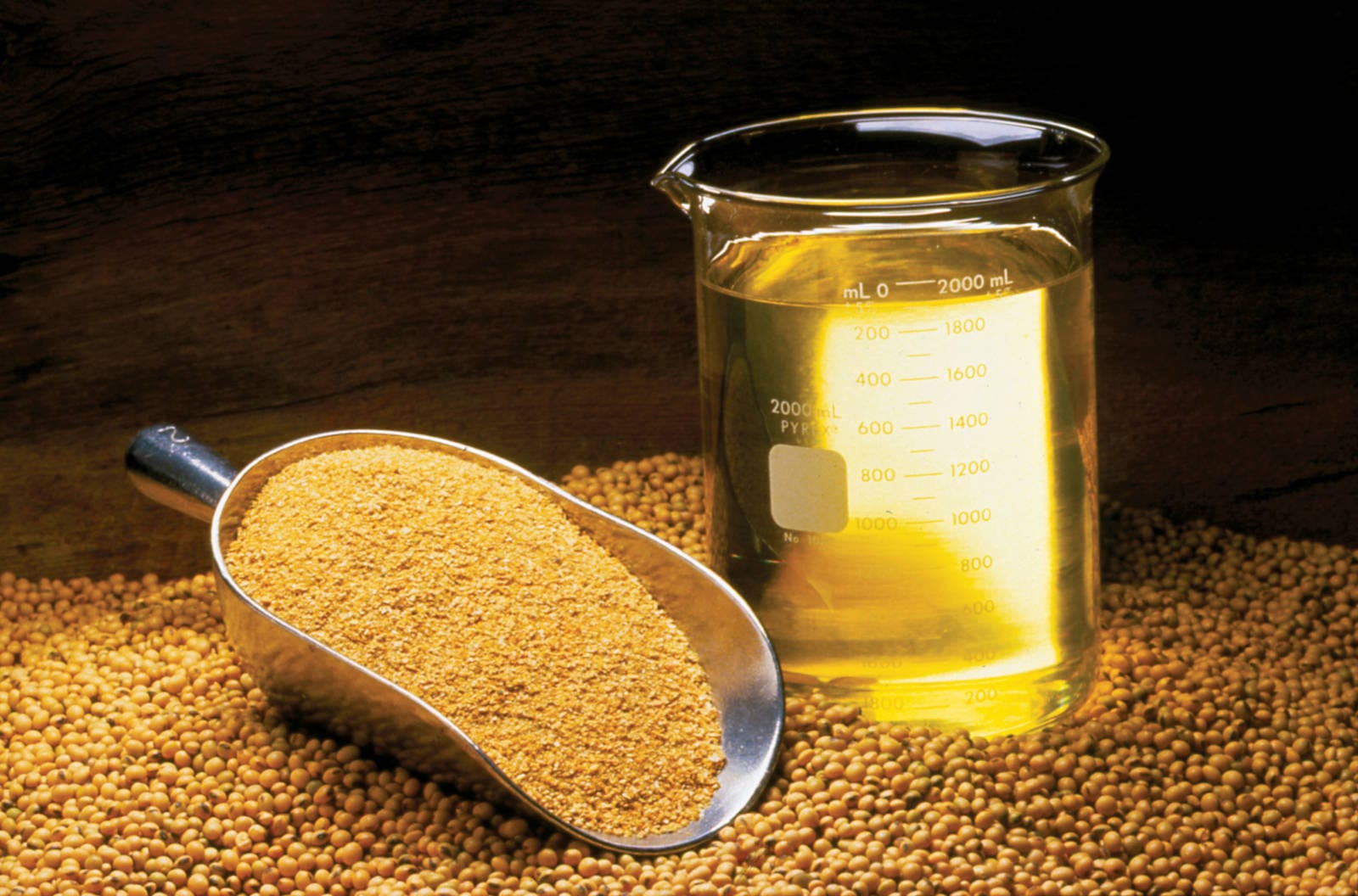 As the vegetable oil industry faces increasing consumer health and sustainability demands, customers in the ever-growing Americas region turn to U.S. High Oleic Soybean Oil.
As the vegetable oil industry faces increasing consumer health and sustainability demands, customers in the ever-growing Americas region turn to U.S. High Oleic Soybean Oil.
U.S. grown high oleic soybean oil (HOSBO) shone at the “U.S. Soy: “The Future of Frying” Conference, held by the U.S. Soybean Export Council (USSEC) Americas team in Panama on May 11-12, 2022. Nearly 40 grain and oilseed millers, refiners, foodservice operators, and food manufacturing companies’ representatives from across the region learned about HOSBO. The event was filled with presentations and discussion panels featuring renowned voices in the edible oils industry. From improved fat profile, longer fry and shelf life, to versatility and sustainability, attendees actively engaged with speakers and professional chefs on the benefits of this innovative American product and the heart-health, sustainability, and cooking solutions it brings to the table.
“It was clear those attending recognized the value and potential of U.S. high oleic soybean oil,” said Karey Claghorn, USSEC Senior Director of International Marketing Programs. “This was an ideal time and place to build synergy among industry experts, U.S. farmers and customers who have a shared vision for high oleic soybean oil’s place in the ‘future in frying’ worldwide.”
 HOSBO is here to stay in the Americas region, a strategic market for U.S. Soy. Notably, seven of the Top 10 destinations for U.S. soybean oil are in the Americas. The U.S. Department of Agriculture (USDA) reported that in 2021 U.S. soybean oil exports to this region totaled 431 TMT ($536 million), which represented nearly 60% of total exports.
HOSBO is here to stay in the Americas region, a strategic market for U.S. Soy. Notably, seven of the Top 10 destinations for U.S. soybean oil are in the Americas. The U.S. Department of Agriculture (USDA) reported that in 2021 U.S. soybean oil exports to this region totaled 431 TMT ($536 million), which represented nearly 60% of total exports.
“It’s very encouraging to see the audience’s excitement toward HOSBO and the very promising business leads this conference has generated,” said Leonardo “Leo” Chapula, Human Sector Marketing Specialist of USSEC’s Americas team.
Jorge Ramos, General Director of the Mexico-based edible oil company “Aceites del Mayo,” expressed excitement toward HOSBO. “We are eager to add HOSBO to our line of vegetable oils under the brand “Oleico,” which already includes high oleic sunflower oil. This conference has been a great opportunity to further learn about HOSBO and to seek high oleic soybean suppliers in the United States. We are ready to do business and hope to start importing later this year,” added Ramos.
While at the conference, Chapula introduced Ramos to William Layton, a high oleic soybean farmer from Maryland. “The processors and wholesalers I met were definite fans of U.S. high oleic soybeans. They were anxious to get more of our soybeans. They were also anxious to learn more about the high oleic oil and all the benefits that it had – both the heart health benefits and the industrial benefits,” said Layton
 The “U.S. Soy: The Future of Frying” Conference also featured live frying and baking demonstrations. Professional chefs highlighted the superior performance of HOSBO for foodservice and food processing professionals. Attendees were excited to learn about HOSBO’s outstanding stability, longevity, taste, and ultimately to be part of a potential revolution in the Americas’ foodservice and food processing industries.
The “U.S. Soy: The Future of Frying” Conference also featured live frying and baking demonstrations. Professional chefs highlighted the superior performance of HOSBO for foodservice and food processing professionals. Attendees were excited to learn about HOSBO’s outstanding stability, longevity, taste, and ultimately to be part of a potential revolution in the Americas’ foodservice and food processing industries.
Certainly, the stakes and hopes are high for the future of HOSBO in the Americas region and USSEC is firmly committed to continue promoting it, now with the help of the High Oleic Soybean Soil Sourcing Guide, recently translated into six languages, including Spanish.
Carlos Salinas, USSEC Americas Regional Director, is optimistic about the future of HOSBO and its potential in the region. “I think the interest in HOSBO has many components. It is a perfect example of how technology can offer valuable and sustainable solutions to global consumers with a variety of benefits, from economic value to sustainability. HOSBO allows you to do more with less, and that is a perfect definition for sustainability. Extending the frying life of your oil means that you have to use less, ship less, produce less – in short, consumers can capitalize on efficiencies generated and reduce their carbon footprint at the same time.”
-This article was partially funded by U.S. soybean farmers, their checkoff and the soy value chain.




